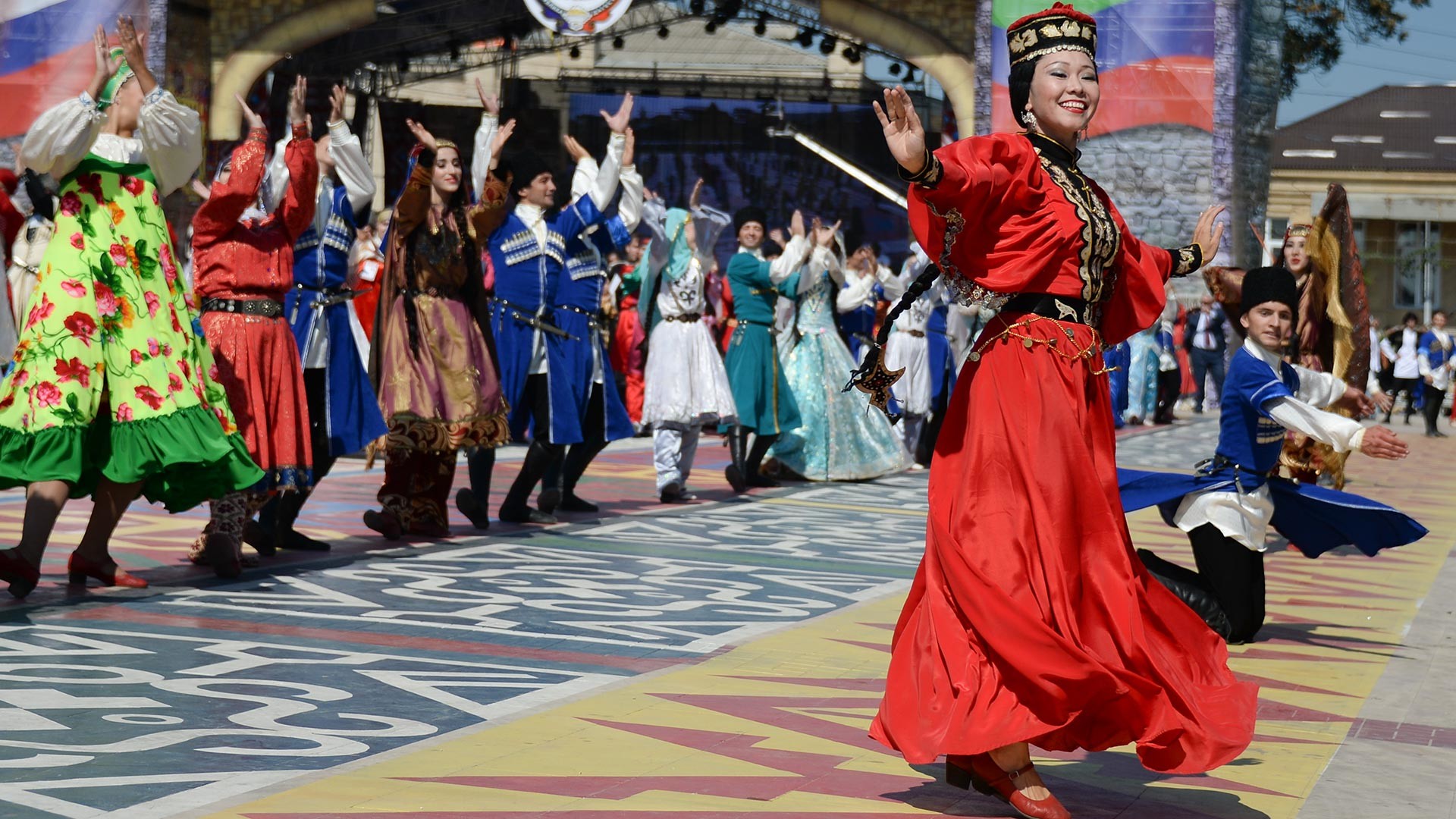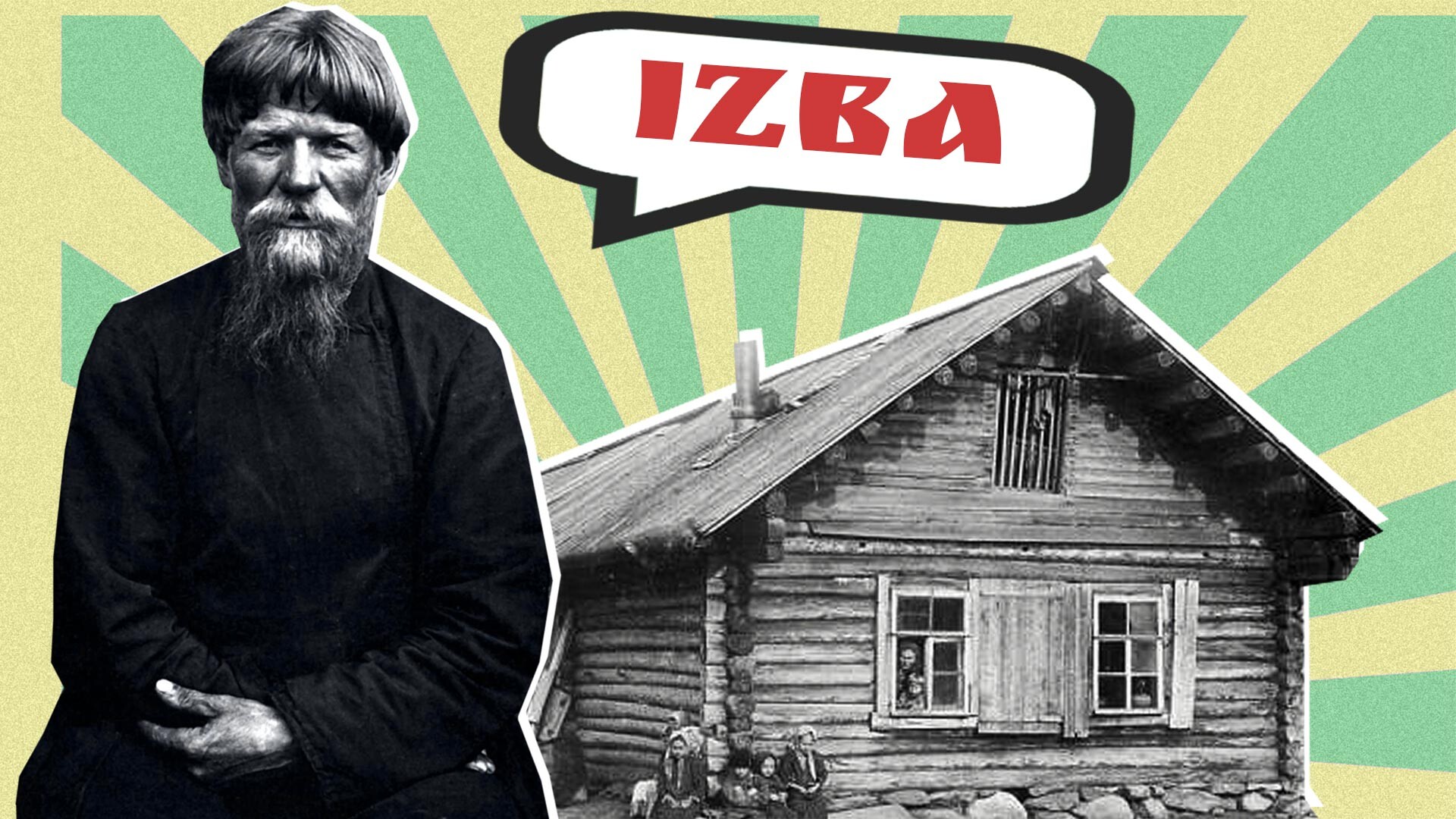
Where in Russia can you see the Latin alphabet?

On transport schemes and signposts
 A service dog in Moscow's Sheremetyevo airport.
A service dog in Moscow's Sheremetyevo airport.
In the subway, at airports, railways stations, stadiums and at customs control, navigation signs are (for the most part) translated into English and, sometimes, also into Chinese.
In big cities, stops on public transport began to be announced in English, as well. This was introduced after the 2014 Sochi Olympics and the 2018 World Cup, which was held in Russia.
 At the Pushkinskaya metro station.
At the Pushkinskaya metro station.
In major cities, key toponyms on address plates and information billboards are also written in the Latin script. Proper names are transliterated rather than translated: for instance, Kitay-gorod metro station is listed as Kitay-gorod, not literally ‘China Town’.
In border areas
 Russia-Finland border.
Russia-Finland border.
On highways, as one drives into borderline settlements, toponyms on road signs are written both in the Cyrillic and Latin alphabet.
 A cafe in the city of Vyborg.
A cafe in the city of Vyborg.
In cities and villages near the border, one may come across translations of sign plates into the language of the neighboring country: by doing so, the owners of businesses demonstrate their being client-oriented to those visiting Russia.
On commercial signage
 A shawarma kiosk in St. Petersburg.
A shawarma kiosk in St. Petersburg.
The use of the Latin script is not always aimed at foreigners. It is sometimes used, or rather “mixed”, with Cyrillic, for instance, in the naming of venues or brands. And, at times, it looks… quite original!
 Canteen in office center in Moscow.
Canteen in office center in Moscow.










